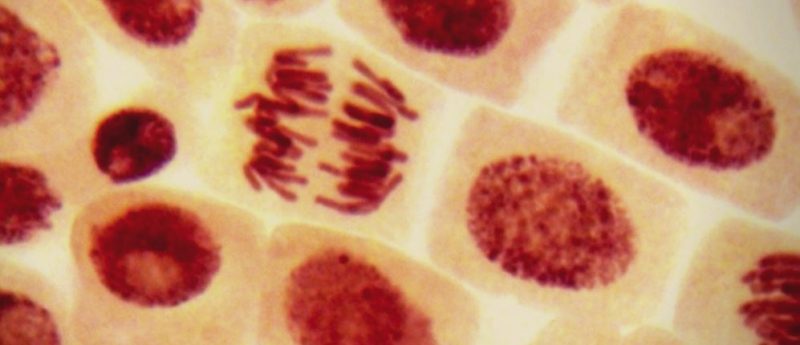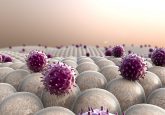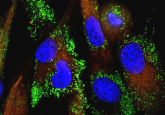Biomaterial choice is crucial to effective iPSC laser bioprinting

In this article posted on 3DMedNet, Geoffrey Potjewyd (University of Manchester, UK) reviews a recent report from Biofabrication.
Geoffrey Potjewyd1
1Regenerative Medicine & Neuroscience PhD student, University of Manchester (UK)
3D printing is increasingly being utilized in medical communities, with the rapid and consistent printing being used to develop prosthetics, medical devices, and even mock surgical tissues. The application of 3D printing to ‘bioprint’ biological material is one which is being utilized more and more in recent years, with the promise of creating better in vitro models for research as well as creating tissues and organs for transplantation.
This has been aided in part by the development of stem cell research, and in particular induced pluripotent stem cells (iPSCs). These cells can be reprogrammed from human adult stem cells which are extracted in a simple skin biopsy. From there, cells can be differentiated into the different cell types of a tissue and combined to create a multi-cellular tissue.





